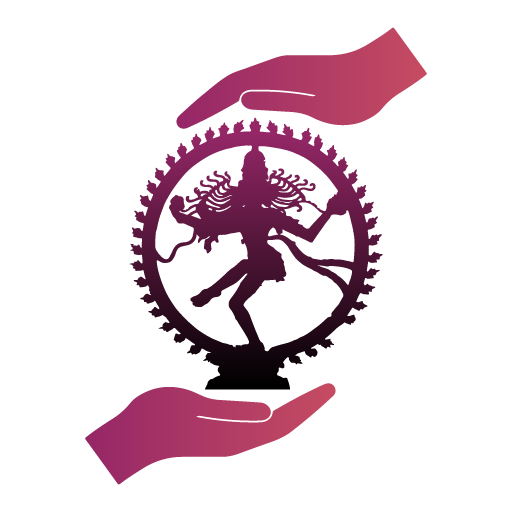Domain:Traditional craftsmanship
State: Gujarat
Description:
Patola silk textiles are produced by resist dyeing of warp and weft threads before weaving, a complex process known as double ikat, produced in the cities of Patan and Vadodara, situated in Patan and Vadodara districts respectively, in the state of Gujarat. It is also practised in other parts of India and abroad. However, Patola of Patan (Gujarat) is unique in its geometric floral and figurative patterns executed with precision of design planning, and meticulously accurate weaving alignment which result in precise outlines of the patterns. This requires immense visualisation and coordination skills. The practitioners of this craft are the Salvis, who get their name from sal (Sanskrit for loom) and the rosewood sword used in a Patola loom. Patola has traditionally been considered auspicious among certain Gujarati communities - Nagar Brahmins, Jains, Vohra Muslims and Kutchi Bhatias. Historically, Patola was a prestigious item of Indian exports to Indonesia and Malaysia where it was used as a symbol of power and authority and even attributed protective, curative and magical powers. Today, there are only four existing Patola-making families striving to save the craft in the face of many difficulties- huge investments of time and money, low returns, and a lack of interest for continuing the craft among the younger generations. Communities involved in making Patola silk are: Weavers : Salvis (Religion: Jains or Vaishnav Hindus) Helpers: Vankars (Religion: Hindu) Traditional Users :in India: Jains, Vohra Muslims, Nagar Brahmins, Kutchi Bhatias, Ghanchis (Religion: Hindu); In Southeast Asia: royalty and nobility in East Sumba, Surakarta and Yokyakarta in Java, certain communities in eastern Indonesia, Java, Lembata, Sulawesi, Sumatra, eastern Flores, Bali and Malaysia.
 Government of India
Government of India






































 Recognizing the ongoing need to position itself for the digital future, Indian Culture is an initiative by the Ministry of Culture. A platform that hosts data of cultural relevance from various repositories and institutions all over India.
Recognizing the ongoing need to position itself for the digital future, Indian Culture is an initiative by the Ministry of Culture. A platform that hosts data of cultural relevance from various repositories and institutions all over India.